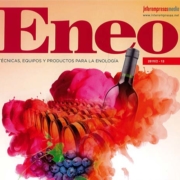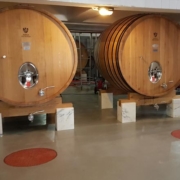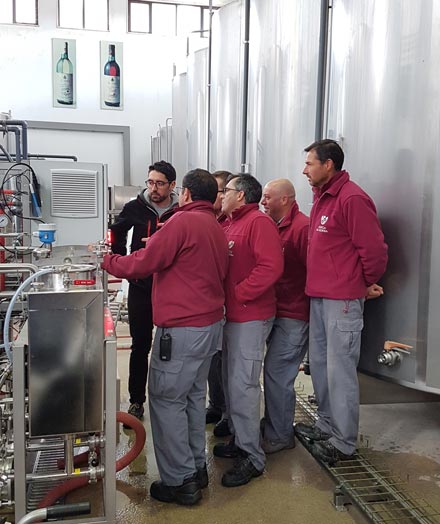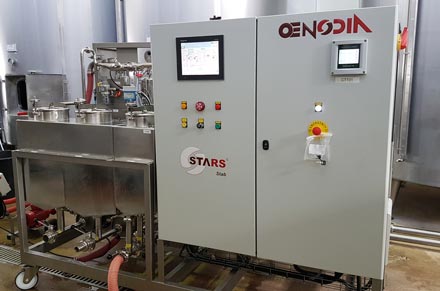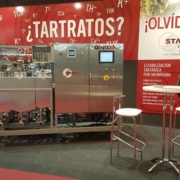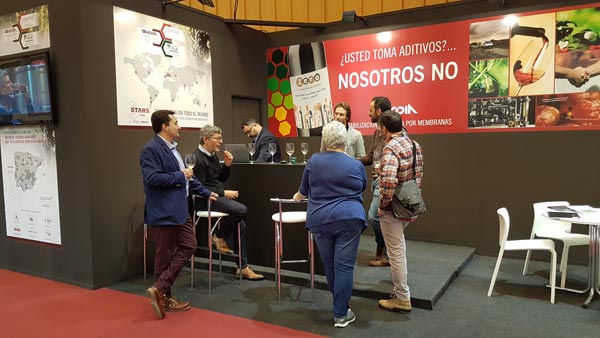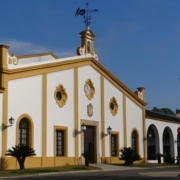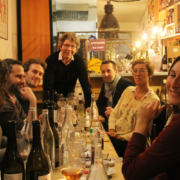STARS Technology offers more than just stabilization to Sparkling Wine Producers – helps with disgorging, adjusting pH and lowering calcium!
OENODIA, the oenology division of Eurodia Industrie SAS, one of the world’s leading specialists of membrane-based treatments for the global agri-food industry, has been providing the breakthrough STARS technology for wine producers for the last 20 years.
STARS technology is not only well suited for red or white wines, but it also presents huge benefits for sparkling wines too which is why it has long been used by many sparkling wine producers worldwide. Such countries as Italy for Prosecco or Spain for CAVA and in the U.S. too, several top sparkling brands have been processing their wines with STARS technology for many years.
The trend towards growth looks set to continue with the first OENODIA STARS XF being commissioned in Champagne, at MUMM’s historic facility in Reims, France, this month.
STARS stands for Selective Tartrate Removal System. It refers to a membrane-based process, unique to OENODIA, that offers winemakers a controlled and measured extraction of potassium, calcium and tartrates from the wine prior to bottling.
Winemakers have long lauded the OENODIA STARS technology for providing 100% guaranteed stability, with zero wine loss, measurable energy savings and without the addition of additives, while ensuring the complete removal of the tartrate crystals that many consumers find objectionable in the finished wine.
Furthermore, in addition to these benefits, STARS technology can play a vital role in the sparkling wine process, as it enables you to lower overall pH and to effectively remove calcium. Indeed, calcium can cause headaches for winemakers long after the wine leaves production.
“Calcium crystallization is a new and growing issue worldwide, with no clear scientific explanation so far,” explains OENODIA’s Sales Manager Fabien Requillard. “It’s particularly important for sparkling wine. Calcium doesn’t respond to chilling. It may appear in the wine aging on lees, promoting extra gushing while disgorging and leading to additional wine losses. Some wineries have also seen problems with late calcium crystallization on supermarket shelves years afterward, a crippling non-quality that had never reached the final consumer beforehand. STARS technology then turns out to be essential to prevent such hazards on the marketplace.”
Requillard notes that the beauty of STARS is a guaranteed reduction of calcium concentration, while simultaneously removing tartrates and potassium from the wine solution regarding standard potassium crystallization.
He points out that the Mumm facility in France first implemented a STARS mobile service to confront the calcium issue on a trial basis. Among the reduction in wine loss from 1.5% to zero compared to chilling, they also realized another 1.5% wine savings by cutting down gushing while disgorging. Following the successful trials that were done over the past 3 years, Mumm management decided to invest in a STARS XF unit, the unique in-line combination between a STARS Stab unit and a crossflow filter to streamline their process.
“Producers are realizing that with STARS, they reduce or eliminate wine loss and see a huge saving in energy costs,” Requillard affirms. “Chilling, which is the most common alternative to our membrane-based technology, uses up to 90 percent more energy in the process. Energy and water savings mean money saving.”
OENODIA is the exclusive developer of the STARS Line which features three cutting edge technologies that have revolutionized the global wine industry: STARS STAB, STARS pH and STARS XF.
STARS STAB guarantees immediate and permanent tartrate stabilization via Electrodialysis (ED) with no additives and no adverse effects on sensory characteristics; STARS pH uses the innovative, membrane-based technology to allow you to dial in your pH, to adjust the pH in your wine and must naturally and with precision; STARS XF merges crossflow filtration with STARS to allow continuous filtration and stabilization of wine with no intermediate tank or multiple control function requirements, which facilitates rapid, automated processing.
For more information on OENODIA and its groundbreaking STARS technology and its STARS Mobile Service, go to oenodia.us or stop by their BOOTH #2406 at the Unified Symposium in Sacramento, January 30th thru 31st, 2019 to talk directly with representatives.
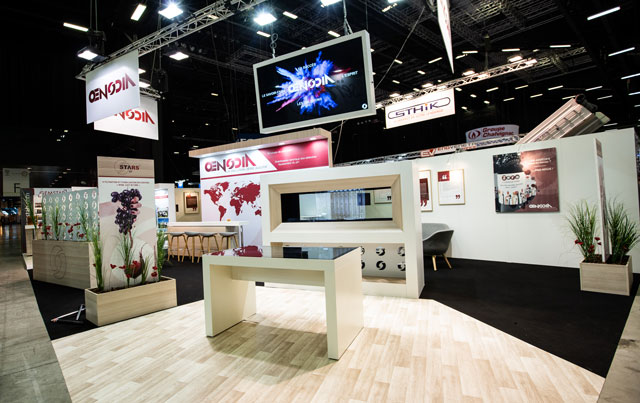

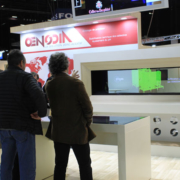
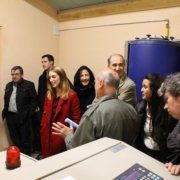
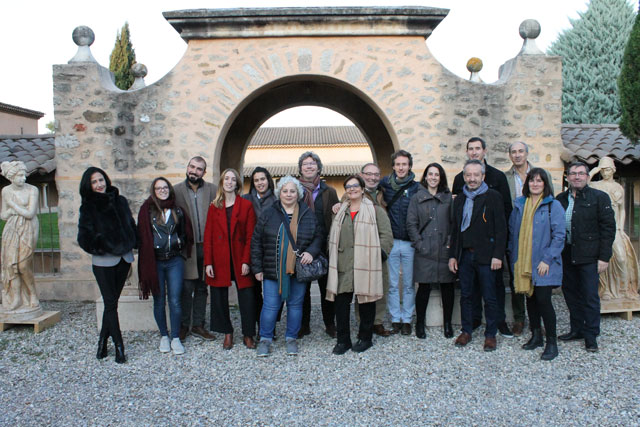 La convención ibérica se enfocó en las oportunidades de la tecnología STARS® para la estabilización tartárica en España.
La convención ibérica se enfocó en las oportunidades de la tecnología STARS® para la estabilización tartárica en España.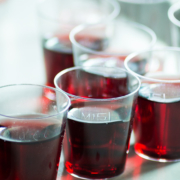
 Our Stars® technology can stabilize grape juice as well as wine. Let’s zoom in on how one of our US customers gets his juice flowing from the berry to the bottle.
Our Stars® technology can stabilize grape juice as well as wine. Let’s zoom in on how one of our US customers gets his juice flowing from the berry to the bottle.

